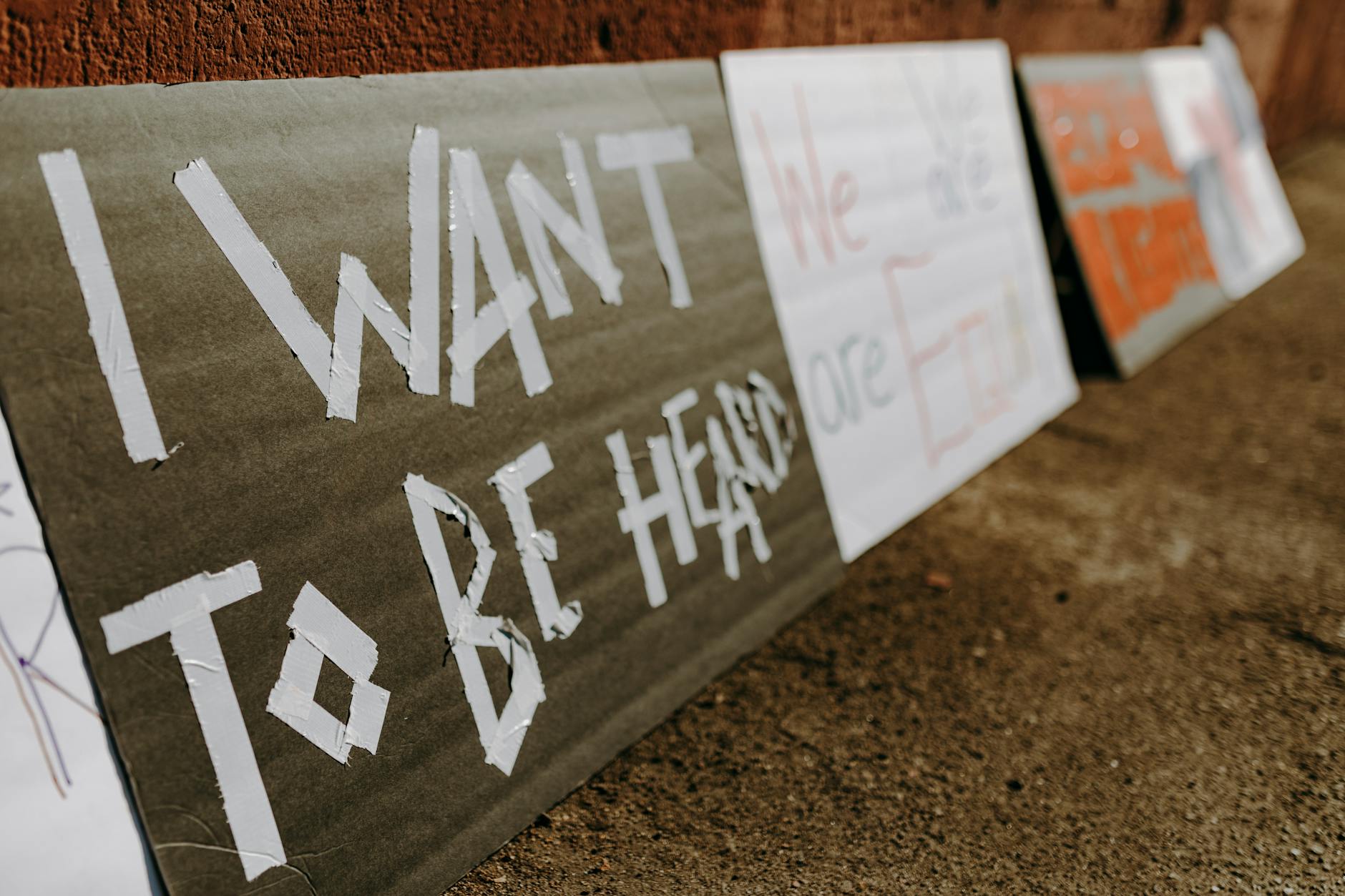Generational Divide: Young Women Lean Left, Young Men Trend Right
Exploring the Shifting Political Landscape Among Emerging Voters
Recent analyses suggest a growing divergence in political and social viewpoints between young women and young men, with young women showing a more pronounced inclination towards left-leaning ideologies. This trend, if sustained, could reshape political discourse and electoral outcomes in the coming years. Understanding the roots and implications of this generational and gendered political divide is crucial for navigating the evolving social and political landscape.
The Emerging Political Split
Data indicates that young women, broadly defined, are increasingly aligning with progressive policies and candidates, while young men are exhibiting a greater tendency towards conservative positions. This phenomenon isn’t necessarily about a sudden rejection of established norms but rather a complex interplay of societal influences, economic realities, and evolving cultural expectations. The BBC’s reporting highlights this apparent widening gap, suggesting it’s a significant development in contemporary political science.
Factors Influencing Young Women’s Political Leanings
Several potential factors are cited as contributing to the leftward lean of young women. Discussions often center on issues of gender equality, reproductive rights, climate change, and social justice. Many young women express concerns about economic disparities, the impact of systemic inequalities, and the need for government intervention to address these challenges. Educational attainment also plays a role, with higher education often correlated with more liberal social and political views, and young women statistically achieving higher levels of education in many Western countries.
Furthermore, the influence of social media and online communities can amplify certain narratives and foster a sense of collective identity around progressive causes. The #MeToo movement, for instance, brought issues of sexual harassment and assault to the forefront, galvanizing many young women and influencing their political engagement. Discussions about pay equity, affordable childcare, and work-life balance also resonate strongly, leading to a greater openness to policies often championed by the left.
Understanding Young Men’s Political Trajectories
Conversely, young men appear to be more drawn to conservative or libertarian viewpoints. This can be attributed to a variety of factors, including concerns about economic opportunities, national security, and traditional values. Some analyses suggest that a perceived overemphasis on identity politics may alienate certain segments of young men, leading them to seek political ideologies that prioritize individual merit and national identity. Economic anxieties, such as the rising cost of living and student debt, can also influence political preferences, with some young men seeking what they perceive as more fiscally responsible or market-oriented solutions.
The media consumed by young men, including certain online influencers and commentary platforms, may also play a role in shaping their political perspectives. Discussions about cultural shifts, masculinity, and the role of government in a changing world are prominent in these spaces. For some, a more individualistic approach to problem-solving and a skepticism towards large-scale government programs might align with conservative principles.
Economic Pressures and Political Affiliations
Economic conditions are undeniably a significant driver of political sentiment across all demographics. For young women, the economic landscape might be perceived through the lens of gendered wage gaps and challenges in career advancement. Policies aimed at addressing these perceived inequalities, such as affirmative action or expanded social safety nets, are often favored by those leaning left. For young men, economic concerns might manifest as anxieties about job security, the cost of housing, and the perceived burden of taxes and regulations on businesses and individual enterprise, aligning with more traditional conservative platforms.
Societal Shifts and Generational Values
Beyond economics, broader societal shifts are also at play. The increasing visibility of diverse identities and experiences, championed by progressive movements, can resonate deeply with young women seeking greater representation and validation. Simultaneously, some young men may feel that traditional societal structures or expectations are being undermined, leading them to seek reassurance in more conservative ideologies that emphasize stability and established norms.
It is important to note that these are broad trends, and individual political beliefs are shaped by a multitude of personal experiences and influences. Not all young women are left-wing, and not all young men are right-wing. However, the aggregate data suggests a noticeable pattern that warrants further examination.
Navigating the Future Political Landscape
This growing political divide has significant implications for political parties and policymakers. Parties that fail to acknowledge and address the specific concerns and values of these distinct young demographic groups risk alienating a crucial segment of the electorate. Effective political engagement will require nuanced messaging that speaks to the diverse realities and aspirations of both young women and young men.
Understanding the underlying reasons for these diverging political outlooks is essential for fostering constructive dialogue and finding common ground. It is a complex issue with no simple answers, requiring ongoing research and open discussion to fully grasp its impact on the future of political representation and societal development.
Key Takeaways
- A noticeable political divergence is emerging between young women and young men.
- Young women tend to show more left-leaning political inclinations, often influenced by concerns about social justice, gender equality, and environmental issues.
- Young men are more frequently aligning with conservative or libertarian viewpoints, potentially driven by economic anxieties and a preference for traditional values.
- Economic pressures, societal shifts, and media influences are key factors contributing to these trends.
- Political parties must understand and address these evolving perspectives to effectively engage with younger voters.
Further Reading
- Pew Research Center: Generations and Gender (Provides extensive data on generational trends and attitudes.)
- Brookings Institution: Politics and Policy (Offers analysis on political trends and policy implications.)














